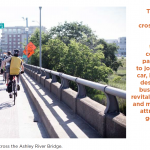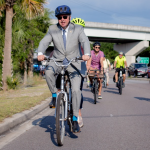[February 7, 2022]
Recently, a local newspaper ran two pieces, each with the theme that vulnerable road users need education. The first, an article, included quotes from law enforcement officials asserting neither infrastructure nor enforcement will help, and instead pedestrians need to take responsibility and follow the law, especially as they most often contribute to or are responsible for a crash. The second, an op-ed, mused that if people on bicycles would simply wear bright colors, avoid earbuds, and stay on the correct side of the road, they could save themselves.
Both pieces fail to address the root of the problem.
There are countless locations throughout Charleston County where people-oriented infrastructure is radically subpar — designed without practically thinking about the user, or does not exist at all. For example, there are stretches along Rivers Avenue where crosswalks are over a mile apart; people on bikes and foot have to make a decision about which law to break in order to avoid being killed. Pinning the blame on those who “should have walked an additional hundred feet” or “shouldn’t wear dark clothing at night,” rather than on the deadly design of the roadway that lacks intuitive infrastructure based on how people use it, is lazy and grossly mistargeted.
Meanwhile, motorists are breaking the law. They block crosswalks; park on sidewalks, in bike lanes and against bike racks; speed; barrel through red lights and stop signs; deliberately run people on bikes off the road to punish them; and drive under the influence of drugs, alcohol and electronic devices. Studies across the country tell us that people are more likely to break the law when behind the wheel of a car than behind handlebars, and people on bicycles tend to break the law for safety reasons, whereas people in cars or on foot do so to save time. Better, contextually-sensitive design can address those trends. People on bicycles are also more likely to use legal infrastructure when it is actually provided*.
Further, understanding the impacts of speed is crucial. A person struck by a motorist driving 20 mph generally has a survival rate of 90%; hit at 40 mph, and their chance of survival is only 20%. Making a street or bridge safe for all users doesn’t mean simply sticking a speed limit sign in the ground or relying on transit service to resolve the barrier for all types of vulnerable road users traveling at all times of day and night. It means designing — or redesigning — the corridor to encourage focused driving, slower speeds, and acute awareness of others, while also demarcating safe operating space for all modes.
Blaming people walking and bicycling for their own deaths and injuries, and believing that the victims would have made better decisions if they had been educated on the laws is illogical and helps no one. In fact, it actively diverts attention from where it’s needed most and compromises how quickly and effectively we can implement public safety solutions that benefit everyone. Isabel Wilkerson, author of Caste, writes: “A scapegoat…is seen by definition as expendable. People can come to disregard the predicaments facing people deemed beneath them, seeing their misfortunes as having no bearing on their own lives, seeing whatever is happening to them as, say, a [race- or class-based] problem, rather than a human problem, unwittingly endangering everyone.” We have an epidemic on our hands in this state and in this county, which makes it even more vitally important to listen to experts across the nation, and focus on better design that prioritizes safety over speed, rather than victim-blaming.
It is on the onus of the person operating a deadly weapon to take every extra precaution, knowing they’re at so much more of an advantage than the kid trying to cross seven lanes of traffic on Rivers Avenue to get home from school. Responsibility and blame are skewed, and with more understanding of what vulnerable road users face on a regular basis, outside of their own control, we can all do better and save lives.
*In multiple planning processes, the City of Charleston has asked participants if they would choose to walk, bike or use transit if safe and connected infrastructure was provided. The responses have consistently been overwhelmingly YES.


